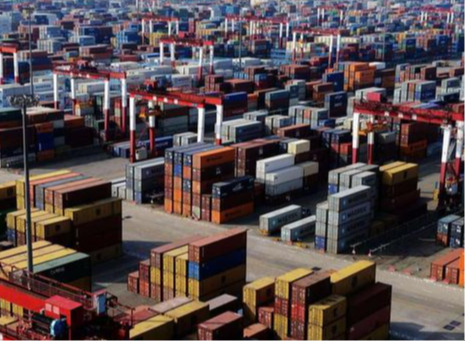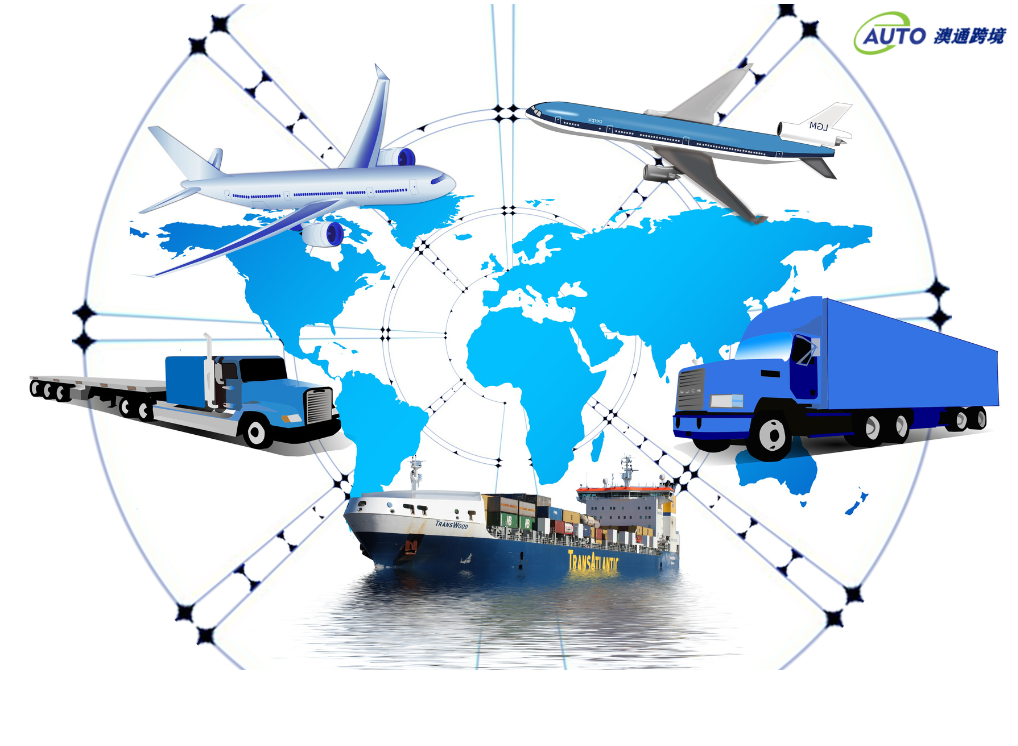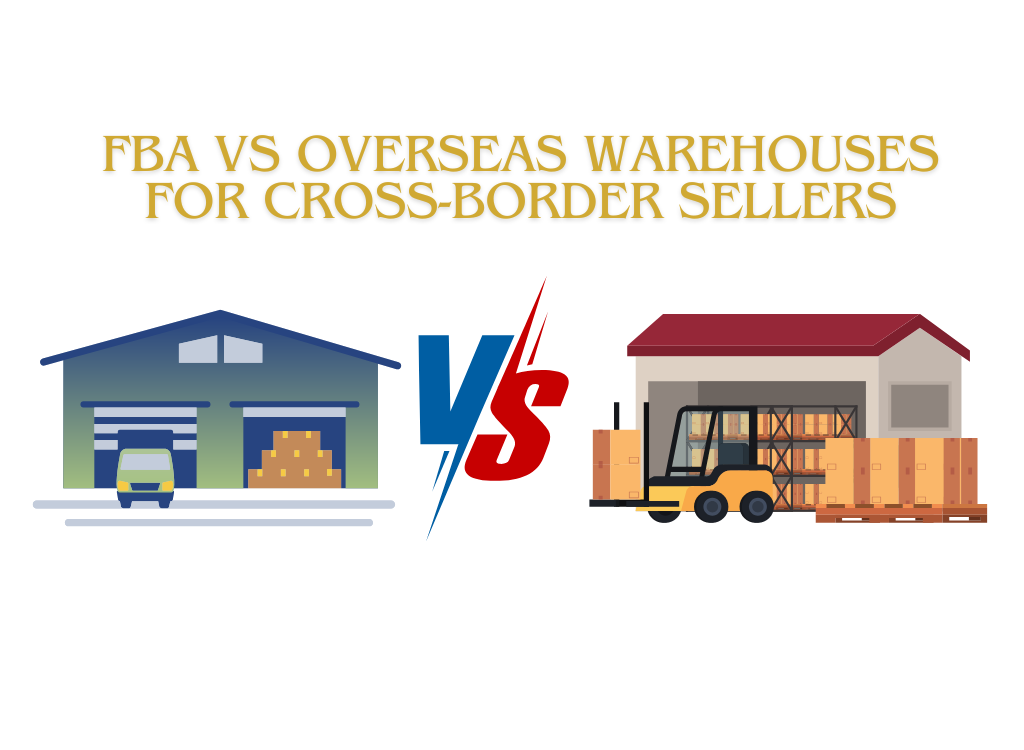FBA LCL Quote
FBA 40HQ FCL Quote
Navigating Amazon's Fulfillment by Amazon (FBA) system can be a game-changer for your e-commerce business. However, ensuring your products are correctly labeled is crucial for smooth operations. In FBA, product labels (FNSKU labels) and shipment labels serve distinct purposes. Understanding the differences between these labels can help you avoid costly mistakes and streamline your logistics process. Here's a comprehensive guide to help you distinguish between product labels and shipment labels in FBA.
Understanding the Two Types of Labels
To effectively manage your inventory and shipments within Amazon's FBA system, it's essential to grasp the fundamental differences between product and shipment labels. Both labels play pivotal roles, but they serve unique functions that cater to different aspects of the fulfillment process. To understand their specific purposes and applications, let's delve deeper into each type.
Product Labels (FNSKU Labels)
FNSKU stands for Fulfillment Network Stock Keeping Unit. These labels are unique identifiers Amazon assigns to each product you sell through FBA.
Identification: FNSKU labels are unique to each product, allowing Amazon to track inventory accurately. They typically start with prefixes like "XOO" or "B0" and overlay the product's original barcode.
Application: Each product unit must have an FNSKU label attached to its packaging. This ensures that Amazon can identify and manage each item separately within its vast fulfillment network.
Purpose: The primary role of FNSKU labels is to enable Amazon's system to recognize and track your inventory. This ensures that products are correctly stored, picked, and shipped to customers, maintaining the integrity of your stock.
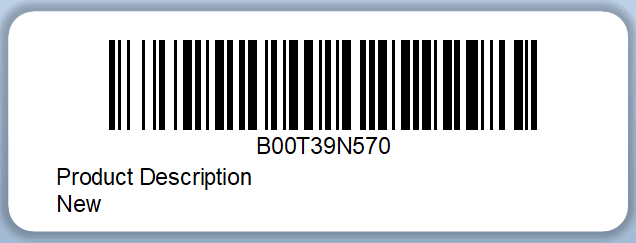
Shipment Labels
Shipment labels differ from product labels and are used to manage the overall shipment sent to Amazon's warehouses.
Outer Package Identification: Shipment labels are affixed to the exterior of the boxes you send to Amazon. These labels include a shipment ID (e.g., FBAXXXXXX) and a shipment number.
Multiple Box Identification: If your shipment consists of multiple boxes, each box will have a unique identifier like U001, U002, etc. This helps Amazon distinguish between different boxes within the same shipment.
Purpose: Shipment labels facilitate the efficient handling of your packages upon arrival at Amazon's fulfillment centers. They help warehouse staff quickly verify which shipment the boxes belong to and ensure accurate processing and storage.
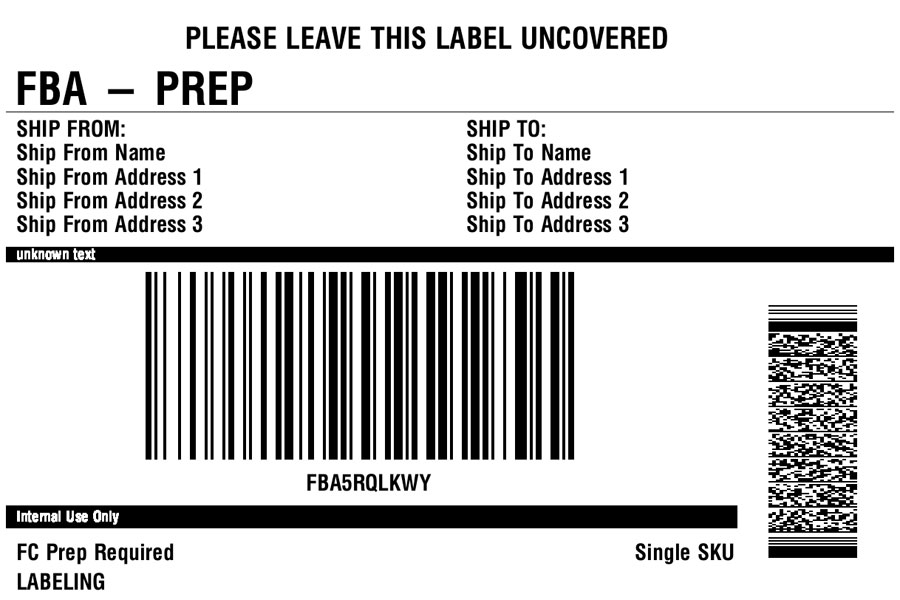
Key Differences Between Product Labels and Shipment Labels
Understanding the distinct roles of product and shipment labels is crucial for maintaining an organized and efficient FBA process. Here are the primary differences that set them apart:
Usage Context
Product Labels: These are used for individual product identification within Amazon's inventory system. Each product unit in your shipment must have its own FNSKU label.
Shipment Labels: Used for managing entire shipments and their constituent boxes. These labels are only applied once per box, regardless of the number of products inside.
Application Process
Product Labels: You must print and apply an FNSKU label to every product unit. This requires careful attention to ensure each item is correctly labeled before shipping.
Shipment Labels: Print a shipment label for each box in your shipment. The number of shipment labels corresponds to the number of boxes you send to Amazon.
Visual Identification
Product Labels: Typically smaller and placed directly on the product's packaging, covering the original barcode. They contain the FNSKU code, which is unique to each product.
Shipment Labels: Larger and placed on the outside of the shipping boxes. They include shipment IDs and box numbers, making them easily visible for quick identification.
Practical Scenarios: When to Use Each Label
To ensure your shipments are processed smoothly, knowing when and how to use each type of label effectively is important. Here are some common scenarios:
Single Product Shipment
If you're sending a shipment containing only one type of product, each unit will have an FNSKU label, and each box will have a shipment label. This ensures that both individual products and the overall shipment are properly tracked.
Multiple Product Shipment
Each product unit will still require an FNSKU label for shipments containing different types of products. Additionally, each box will need a shipment label with a unique box number to differentiate between the various products inside.
Printing and Applying Labels
Correctly printing and applying labels is crucial to avoid errors during fulfillment. Here's how to handle each type of label:
Printing Product Labels
Quantity: Print one FNSKU label for each product unit in your shipment.
Quality: Use a high-quality printer to ensure the barcode is clear and scannable. Blurry or smudged labels can lead to scanning errors and inventory issues.
Placement: Place the FNSKU label outside the product's packaging, covering the original barcode if necessary. Ensure it's easily accessible for scanning.
Printing Shipment Labels
Quantity: Print one shipment label for each box in your shipment.
Visibility: Attach the shipment label to a flat surface outside the box. Avoid placing labels on seams or corners where they might be obscured.
Durability: Use durable label paper to withstand handling and transportation without tearing or fading.
Best Practices for Labeling in FBA
Implementing best practices for labeling can significantly enhance the efficiency and accuracy of your FBA operations. Here are some recommendations:
Double-Check Requirements: Always refer to Amazon's latest FBA labeling guidelines to ensure compliance. Requirements may change, and staying updated helps avoid mistakes.
Organize Your Shipment: Clearly label each box and product to streamline the receiving process at Amazon's warehouses. Organized shipments reduce the risk of errors and delays.
Use Labeling Software: Consider using specialized FBA labeling software to automate the process, especially for larger shipments. This can save time and minimize human error.
Test Scannability: Before finalizing your shipment, test the scannability of your labels to ensure Amazon's systems can read them without issues.
Keep Backup Labels: Have spare labels on hand in case of printing errors or damaged labels. This ensures you can quickly replace any problematic labels without disrupting your shipment timeline.
Conclusion
Correctly distinguishing and applying product labels (FNSKU) and shipment labels is essential for a seamless FBA experience. By understanding their differences and following best practices, you can ensure your products are accurately tracked and efficiently processed within Amazon's fulfillment network. Proper labeling prevents inventory errors and enhances your overall logistics efficiency, contributing to better customer satisfaction and business growth.
For more detailed information, always refer to Amazon's FBA Labeling Guidelines and stay updated with any policy changes to maintain compliance and optimize your FBA operations.
